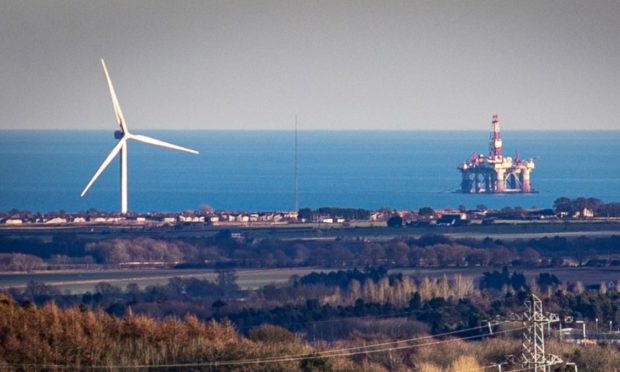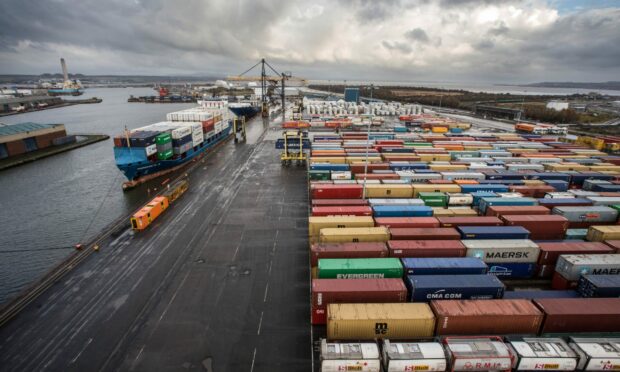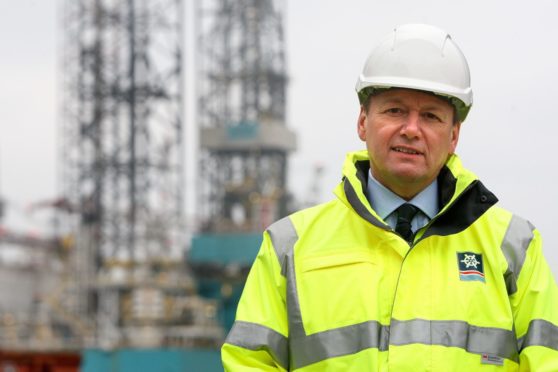Creating a net zero hub on the Firth of Forth could be the key to achieving Scotland’s climate goals.
The development of net zero hubs around the UK has proved a key part of the country’s strategy towards achieving net zero emissions by 2050.
Scotland, which has a 2045 net zero target, could advance its ambitions by establishing a net zero hub on the Firth of Forth.
That is according to a study by global natural resources consultancy Wood Mackenzie.
The Firth of Forth is responsible for more than 10% of Scotland’s emissions, but is also critical to the Scottish economy.
Wood Mackenzie vice-president Malcolm Forbes-Cable, believes a net zero hub on the Firth of Forth could be key.
Firth of Forth part of future economy
The UK was the first major economy to commit to net zero emissions.
The country had a running start due to the success of the offshore wind sector, which had 10 GW of installed capacity by 2020 and is on course for 40 GW by 2030.
Part of this target is Seagreen, Scotland’s largest wind farm.
Work is under way on the wind farm, off the Angus coast, and it is due to be finished in 2023.
Mr Forbes-Cable said: “Scottish industry currently emits about 10.7 million tonnes of CO2 per year.
“The Firth of Forth accounts for about 10% of Scotland’s total emissions.
“At the same time, the industries in the region host the skills necessary to address the technical and commercial challenges faced in delivering net zero.
“It is a significant part of the net zero challenge, but a major part of the solution and a cornerstone of the current and future economy.”
Forth Ports ready to create green jobs
Mr Forbes-Cable believes creating a Firth of Forth net zero hub would acknowledge the challenge head on.
Forth Ports, owner of Rosyth, Fife and Dundee ports, welcomed the findings.
Forth Ports chief executive Charles Hammond said: “At Forth Ports, our vision is to create a Greenport ‘Hub’ and ‘Green Growth Corridor’ at the heart of Scotland that delivers a just and practical energy transition to meet the UK and Scottish Governments’ targets.
“We want to collaborate with the whole of Team Scotland to create new, high quality green energy jobs that will enhance Scotland’s Central Belt industrial powerhouse.
“This is already under way in Leith where we have announced a privately financed £40m investment in a renewable energy hub at the port.
“These industrial areas must play a vital role in facilitating the country’s net zero and energy transition ambitions and creating new, high quality green energy jobs.”
Forth Ports has submitted a bid to establish a green port at the Port of Leith.
A green port is a large zoned area within a defined boundary which includes a rail, sea or airport.
Green port operators and businesses have to be fully committed to achieving net zero emissions in order to benefit from government incentives.


